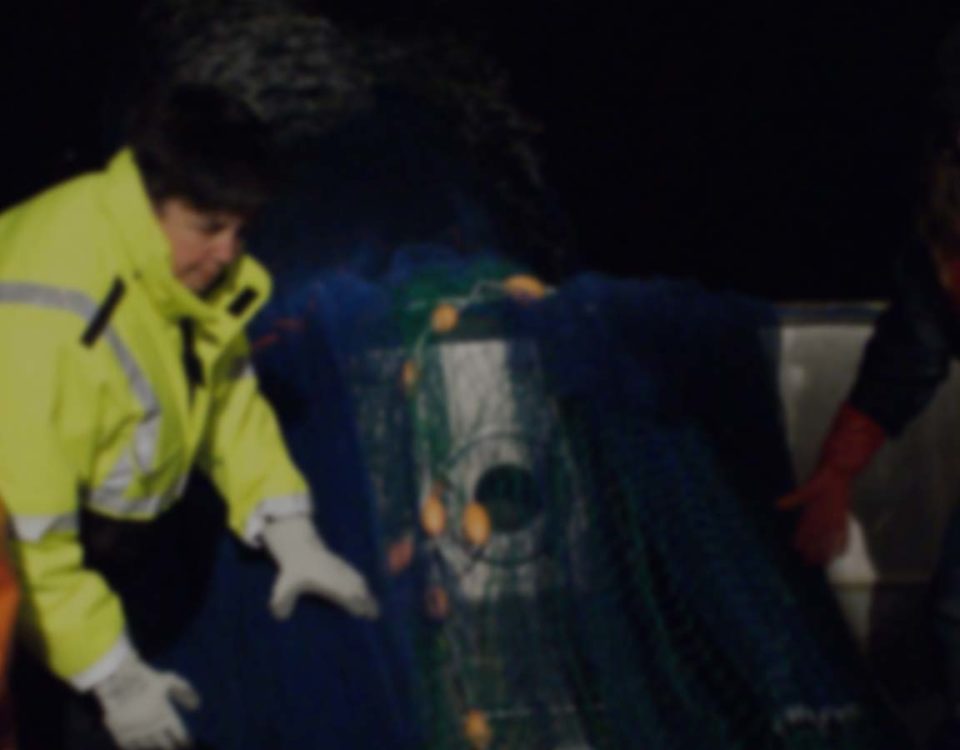Environmental linkages to herring recruitment

PROJECT
Environmental linkages to herring recruitment
Background
Following the collapse of the Prince William Sound herring population in 1993, there continues to be uncertainty as to which mechanisms are responsible for persistent weak recruitment and low population size over the past three decades. It typically takes herring three years to mature and join (recruit to) the spawning population, during which different physical and ecological processes influence spawning and survival of juveniles at critical life stages. Occurrences of large spawning events or high abundance of one-year old herring in some years have not subsequently resulted in high recruitment since the population collapse. This indicates that herring survival at each life stage likely varies from one year to the next, and that there is a need to improve our understanding of how changes in environmental conditions will affect recruitment and the population’s long-term recovery.
Methods
This three-year study will examine linkages between physical and ecological processes to PWS herring recruitment. Spatiotemporal models and time series analysis techniques will be used to quantify the influence of environmental factors, including oceanographic, biological, and climate data series, on herring spawning and survival during different juvenile life stages. Significant environmental factors linked to each life stage will be included in the stock assessment model and evaluated to determine if their inclusion improves the accuracy of recruitment predictions.
What we are learning
Examination of ADF&G aerial survey data has shown pronounced changes in the location and timing of herring spawning in Prince William Sound since the 1970s. Once widely distributed across the Sound, spawning has gradually contracted to waters primarily near Port Gravina and Port Fidalgo in the east and along the northern tip of Montague Island. Spawn timing is highly variable from year to year but appears to be trending earlier in the year since the early 1980s. Earlier spawn timing was associated with higher biomass in the eastern Sound and older mean age in the western Sound. Across the entire Sound, earlier spawning was associated with weaker downwelling, weaker meridional winds, and the positive phase of the Pacific/North American teleconnection pattern, which is characterized by warmer North Pacific waters. These results are a critical first step towards assessing how changes in spawning phenology impact first-year survival of herring offspring and potentially contribute to persistent poor recruitment that has inhibited recovery of the Prince William Sound population.
PRINCIPAL INVESTIGATOR
Bia DiasUniversity of Washington biadias@uw.edu




